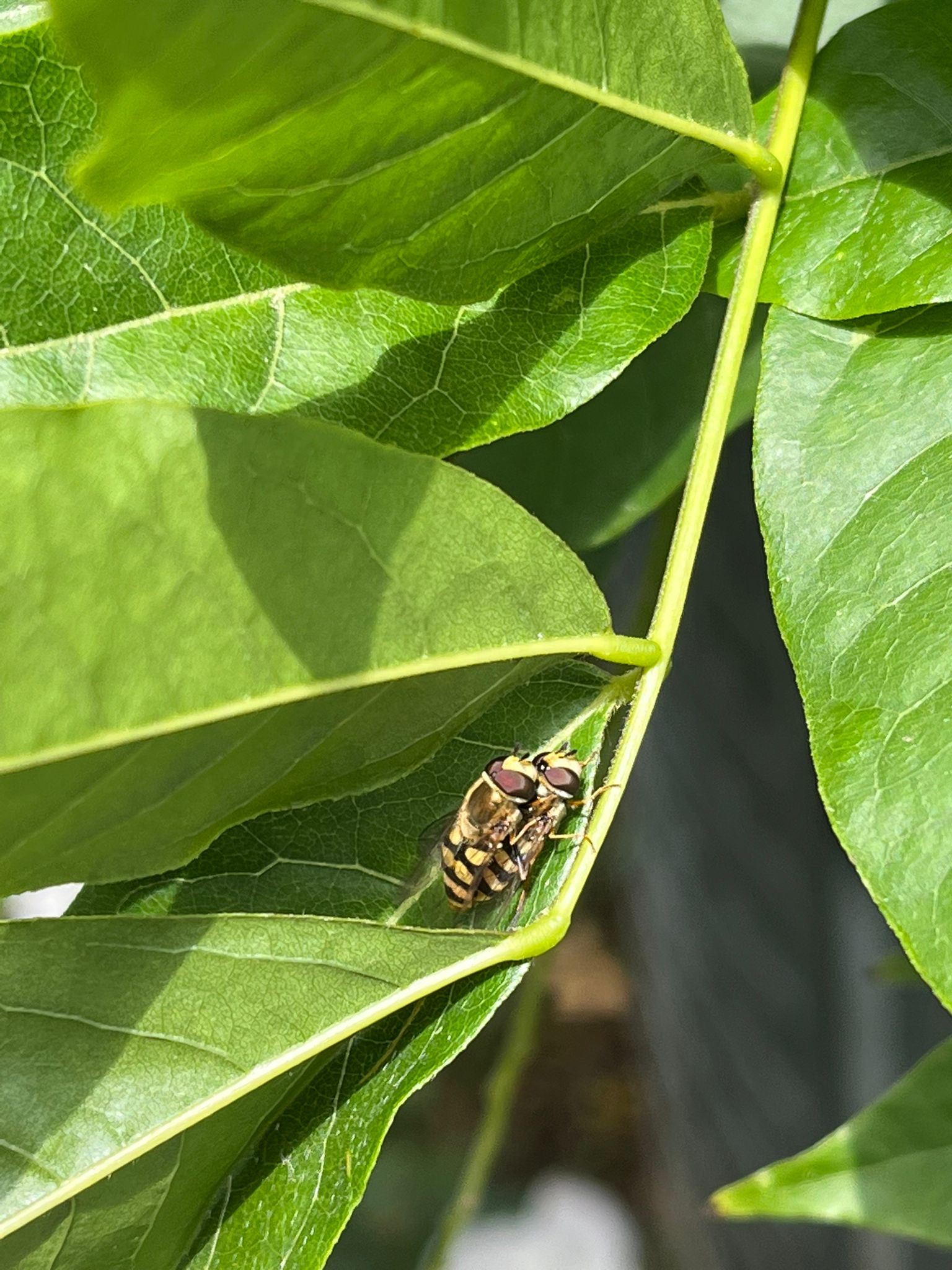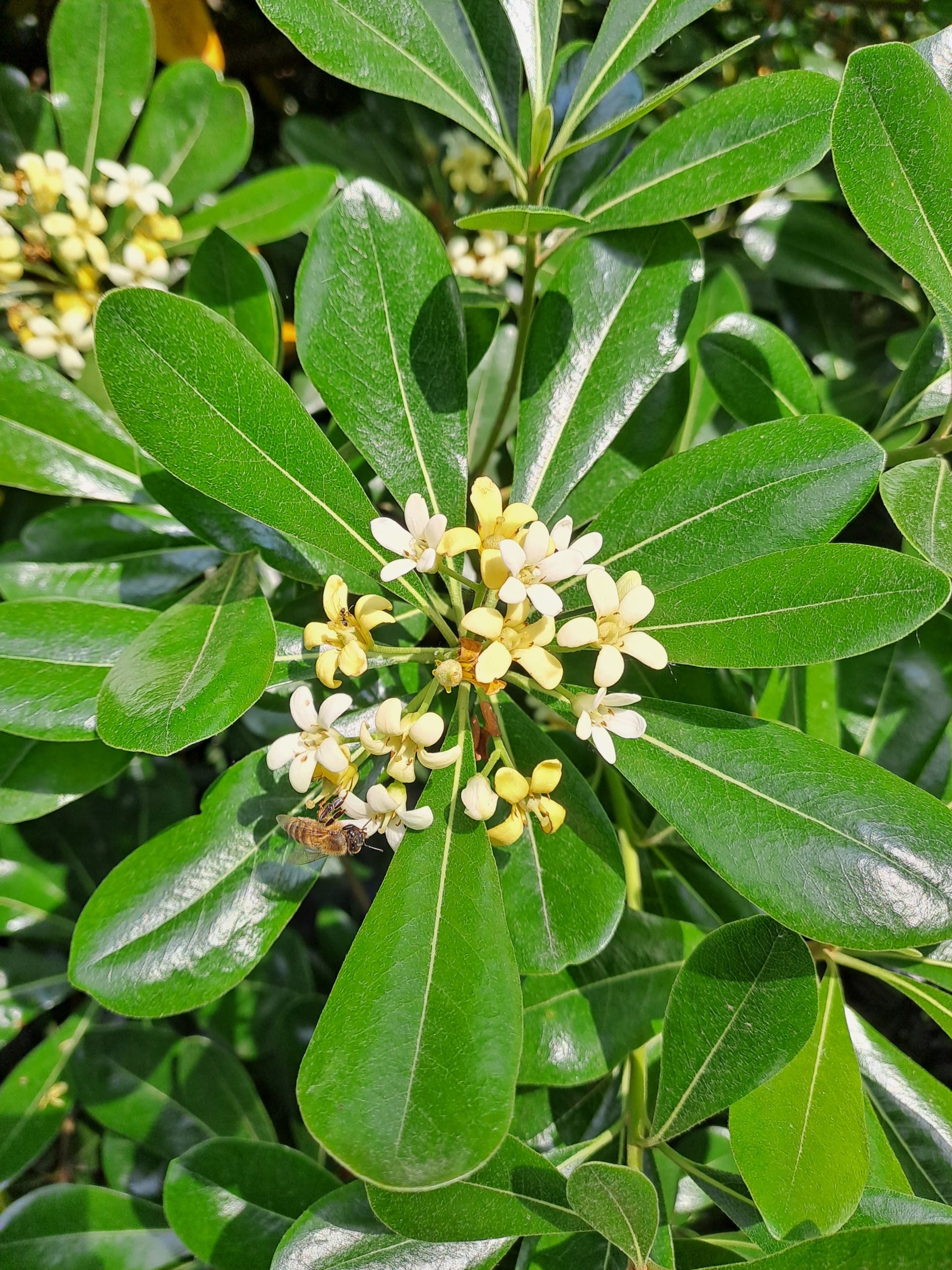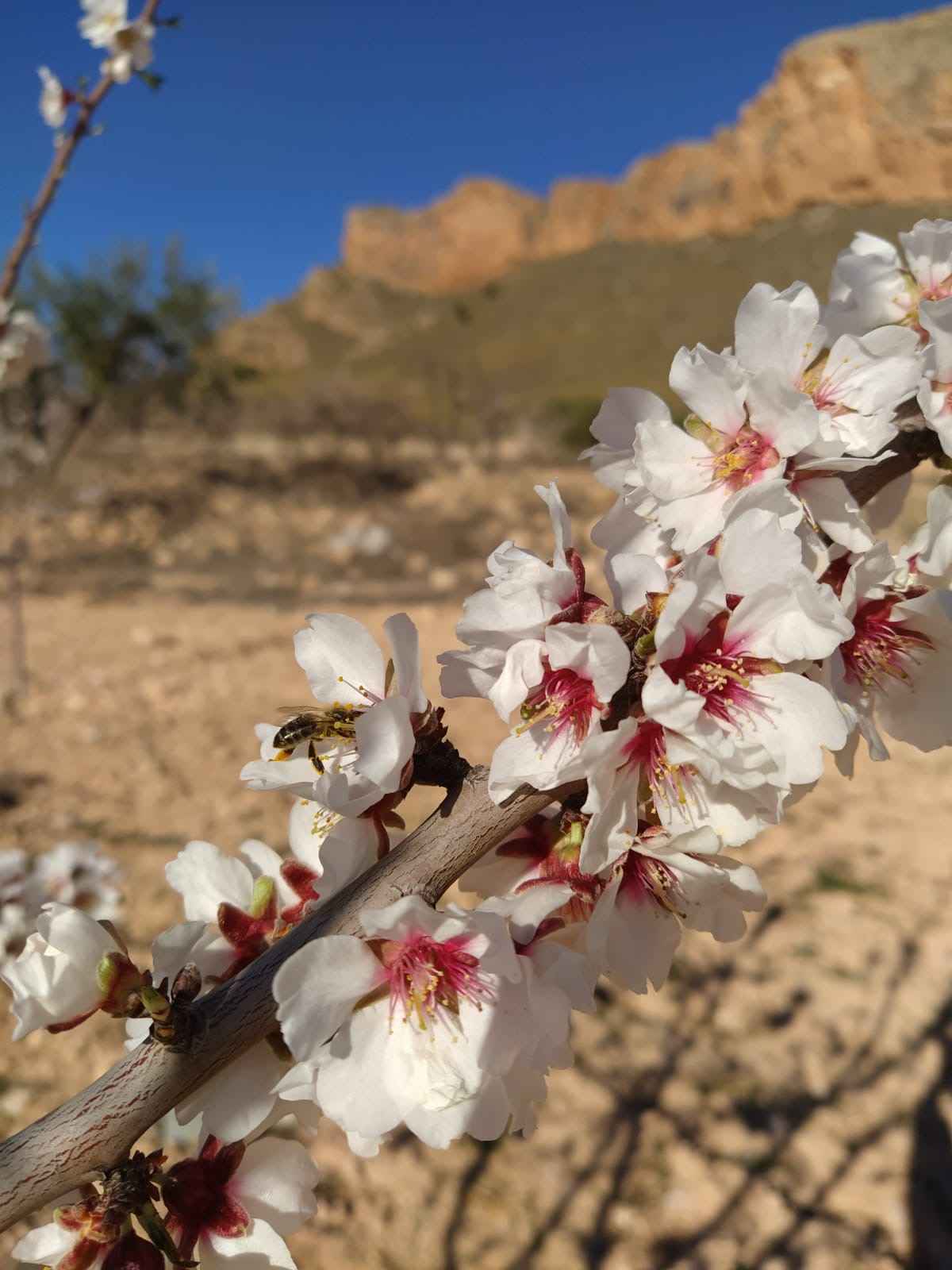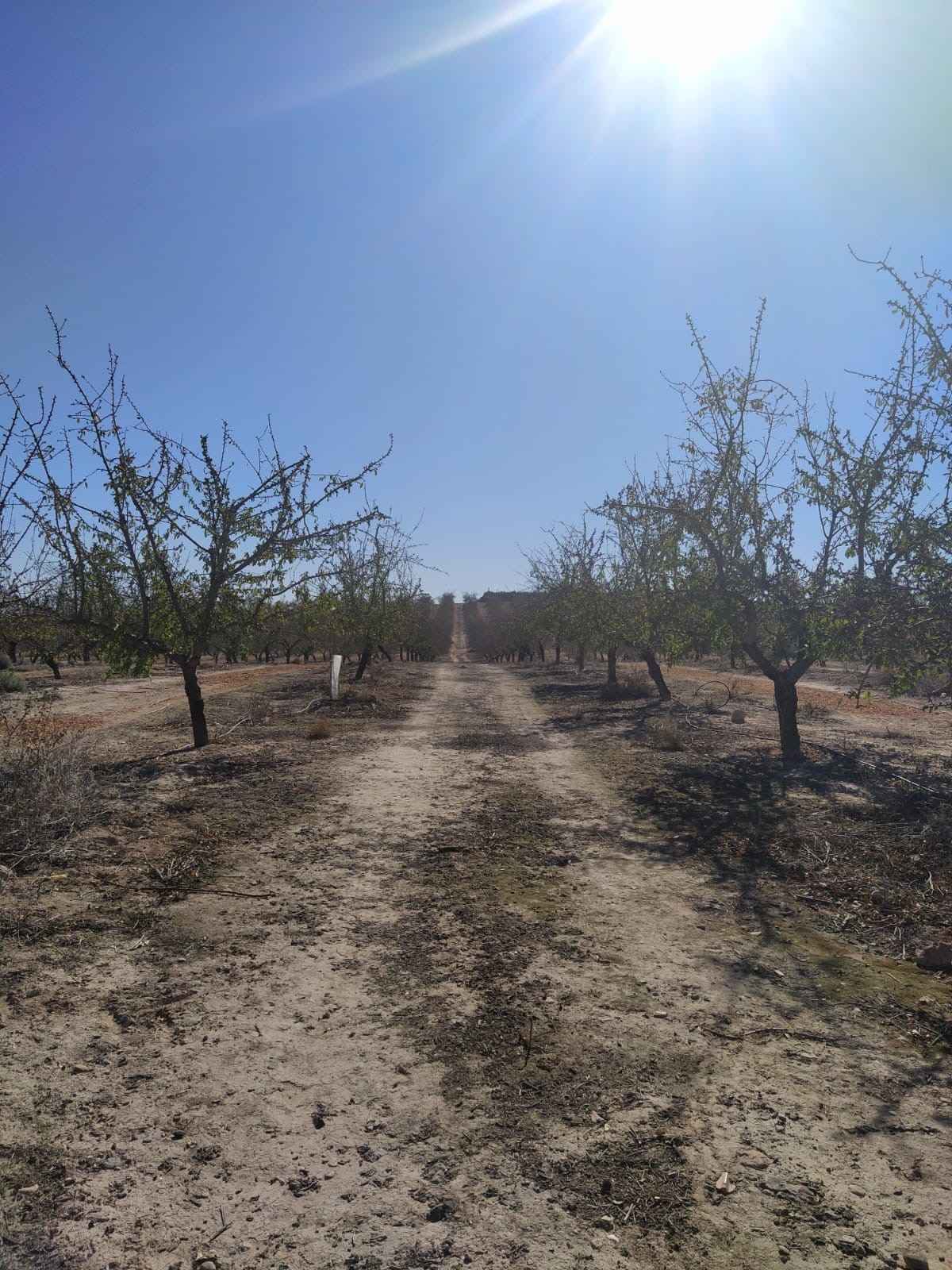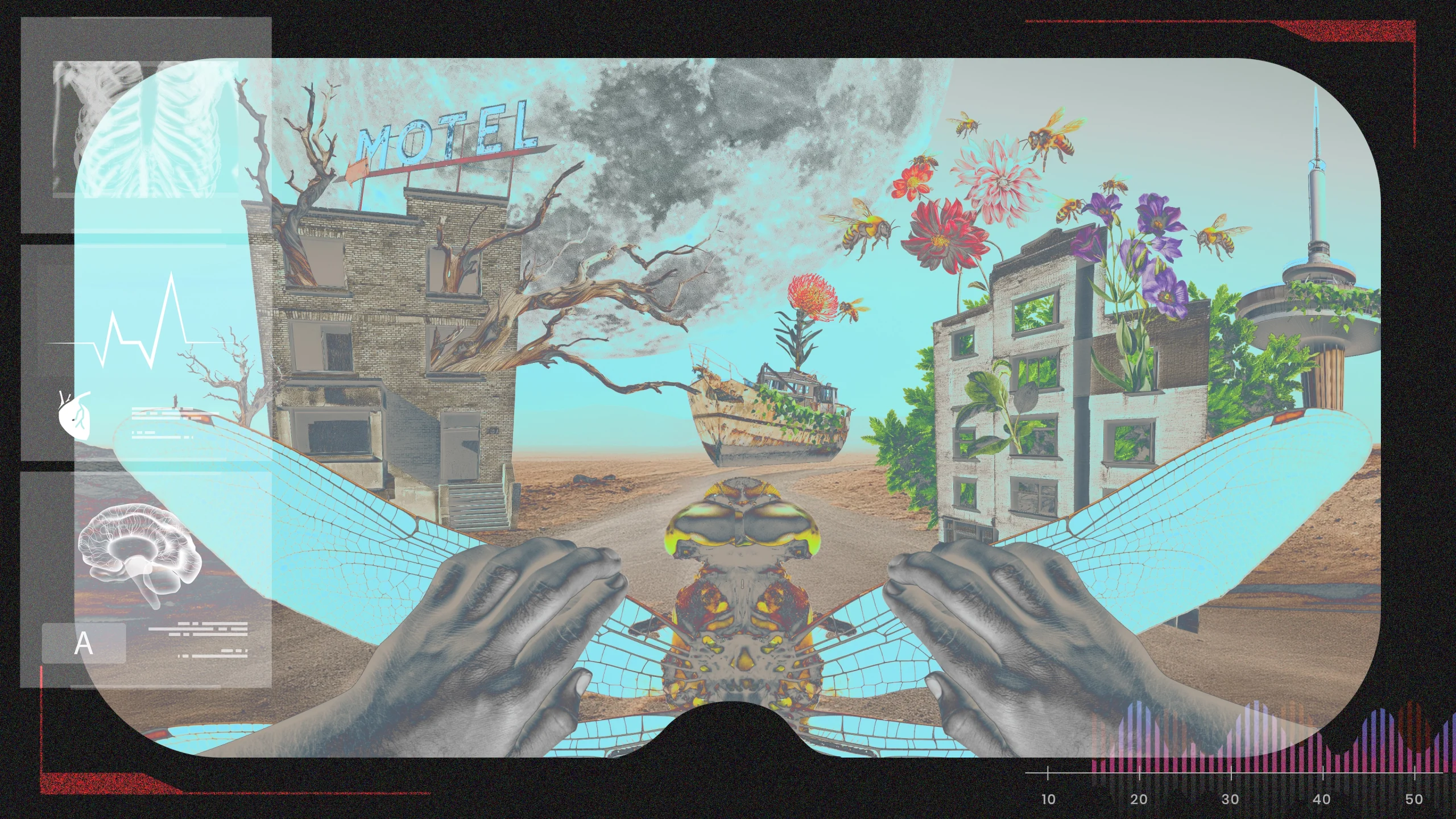
The European project Butterfly, launched in 2025, aims to protect butterflies, bees and other pollinators, while highlighting their vital role through nine living labs across Europe and New Zealand. These are spaces that weave together science and immersive technologies to safeguard biodiversity and food security, but also to promote a new model of sustainable coexistence between society and nature.
From medicine to cosmetics, food to bioenergy, many of our essential products depend on pollinators — yet few people know it, and some seem to prefer not to1. Even in heavily human-shaped Europe, we live side by side with these creatures, sharing air and space with more than 2,100 species of bees, 900 types of hoverflies, 500 butterflies and thousands of moths — not to mention the tens of thousands of flies, wasps, beetles, other insects and bird pollinators that visit flowers. How can we make it clear, once and for all, that we are all deeply connected and interdependent? Since March 2025, the Butterfly project, officially promoted under the Horizon Europe2 programme, has been trying to do just that. Its goal is to «enhance society’s ability to assess, predict and respond to the cascading threats arising from pollinator decline». More than a project to save pollinators themselves, it seems an initiative to protect humans from the consequences of their own actions — inviting us to learn what responsible stewardship of the planet truly means. In short, it seeks to reshape society’s relationship with biodiversity in a more sustainable and respectful way.
One Health in action
The One Health concept is not just a theoretical principle but an approach recognised by the Italian Ministry of Health and the European Commission, and adopted internationally by the World Health Organization (WHO), the Food and Agriculture Organization (FAO), the World Organisation for Animal Health (WOAH) and the United Nations Environment Programme (UNEP). It provides a framework for tackling global challenges such as emerging diseases, antimicrobial resistance and environmental crises. The term “One Health” recognises that the health of humans, animals, plants and the environment is inseparable and interdependent. Its historical roots go back to at least the nineteenth century, when physician Rudolf Virchow argued that there should be no barriers between human and veterinary medicine, coining the term zoonosis to emphasise the link between animal and human health3.
In this context, Butterfly plays an emblematic role: not only does it study pollinators, it puts the One Health4 paradigm into practice, showing how the survival of bees, butterflies and other insects is an integral part of the planet’s health and, ultimately, our own well-being.
The Butterfly project
A European Horizon initiative (2025–2029) involving 24 partners from 13 countries, Butterfly seeks to protect pollinators and biodiversity through a One Health approach. It uses nine “living labs” across Europe and New Zealand as collaborative spaces where scientists, farmers and local communities test innovative solutions for pollinator restoration. The project combines scientific research, education, emerging technologies (VR, AI) and policy dialogue to create real impact in conservation. Coordinated by the University of Bergen, it aims to raise awareness of pollinators’ vital role in food security and ecosystem balance. Its ultimate goal is to develop sustainable, replicable strategies to counter pollinator decline and adapt to climate change.
Read moreGo to their official website
Four pillars underpin the project: knowledge of pollinators, stakeholder education, interaction between science and policy, and the living labs themselves. The name alone immediately suggests how these make the project unique and innovative. Pilar De la Rúa Tarín, Professor of Zoology and Physical Anthropology at the University of Murcia5 confirms this. She heads one of the nine living labs established so far: collaborative spaces designed to test, under real-world conditions, sector-specific visions, strategies and solutions for proactive pollinator restoration. The greatest challenge, she says, is ensuring that these spaces remain beyond the project’s lifespan, «becoming meeting points and practical innovation hubs where farmers, scientists, students and civil society work together on sustainable solutions for pollinator conservation and climate change adaptation».
To face such a complex challenge, Butterfly has built strong alliances from the outset with farmers’ associations and local organisations. Not mere project partners, they are genuine protagonists. According to De la Rúa Tarín, they will be the «engines of the Living Lab», bringing practical knowledge, local roots and the power to influence everyday habits.
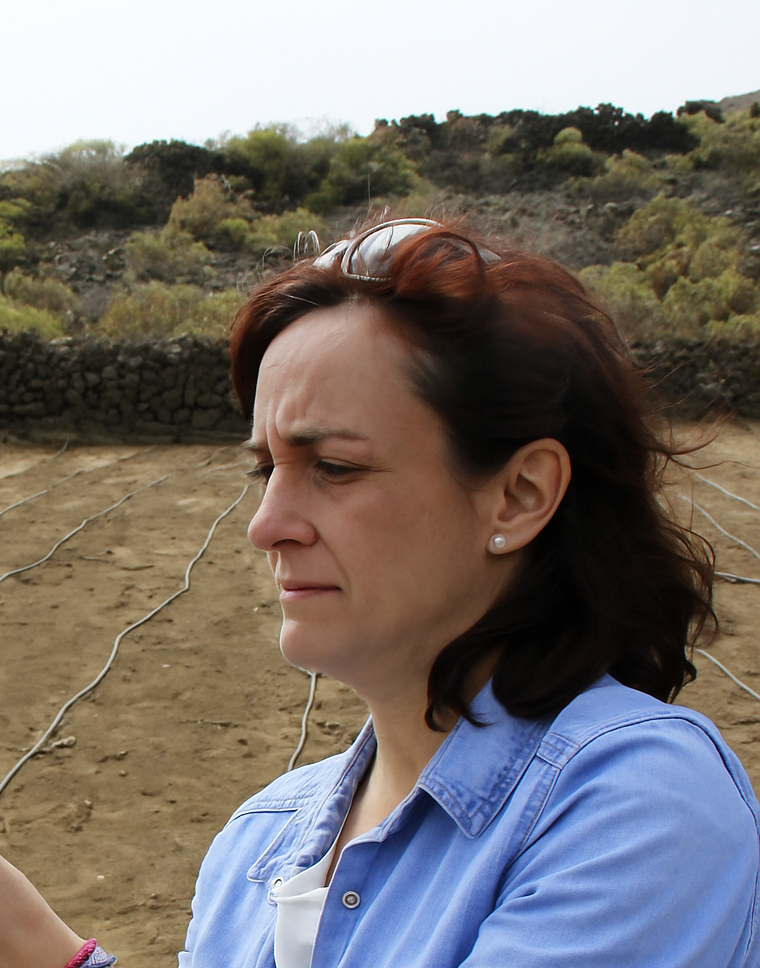
Pilar De la Rúa Tarín, professor of Zoology at the University of Murcia, she specialises in the study and conservation of honeybees, stingless bees, bumblebees and other pollinators, focusing on genetics, pathogens, pesticides and the impacts of beekeeping. She leads the national project APISALUS on pollinator health and sustainable apiculture and has coordinated European initiatives such as SUPER-B and PoshBee in Spain. Author of more than 120 scientific papers, she was the first and only President of Eurbee and organised the Eurbee 6 Congress.
Read moreGo to her official website
«By involving them from the very beginning», she explains, «the project aims to ensure they feel an integral and responsible part of the process, creating networks in which farmers, scientists, businesses and citizens collaborate to drive change in their regions and beyond». It is a vision that connects research and community, science and everyday life, drawing its strength from collaboration. Butterfly officially began only a few months ago; no one can promise immediate results, but what is certain is a genuine, collective and enduring commitment.
The value of interdisciplinarity
In an Europe where the communal dimension of environmental policy often struggles to emerge, a project like Butterfly — bringing together more than twenty partners from different countries — sends an encouraging signal. This is not a consortium built merely to meet EU funding requirements. As De la Rúa Tarín points out, internationality and collaboration are a necessity, not a formality. Only by combining expertise and perspectives from diverse contexts can we address a global challenge such as pollinator decline.
The transnational network amplifies the project’s impact, influences European policies and keeps public attention focused on pollinators as a strategic resource for the future. It also enables something very practical: sharing mistakes to avoid and good practices to replicate, exchanging experiences between the various living labs spread across Europe and beyond. Alongside the Spanish lab in the Region of Murcia led by De la Rúa Tarín, there are eight others located within and outside the EU, including New Zealand, Denmark, Norway, France, the Netherlands and Italy6. Each tests solutions which, if effective, are then adapted by other local contexts in a process of mutual learning.
Inside a Butterfly living lab, one does not find test tubes or microscopes, but people and landscapes in dialogue. These are open spaces where farmers, beekeepers, scientists, students and citizens work side by side to imagine and test new ways to support pollinators. Here, they trial more respectful agricultural practices — reducing pesticide use or creating hedgerows and ecological corridors — restore natural habitats and evaluate new crops that sustain biodiversity. Every decision is discussed with those who live the landscape daily, making the solutions concrete and genuinely applicable.
Working in the semi-arid landscapes of south-eastern Spain, De la Rúa Tarín feels she is on the front line, witnessing «a preview of the impacts of climate change, from a privileged observatory that allows us to anticipate challenges and test solutions which may later be applied to other Mediterranean areas and even globally».
Yet the project’s strength lies not only in its multinational reach but also in its multidisciplinary nature. «For the first time, we are working closely with social scientists, expanding our perspective beyond biology and ecology».
«This interdisciplinary collaboration makes it possible to understand not only pollinator behaviour but also the social and economic dynamics that affect their conservation».
The impact of technology
The living labs are not only places of scientific experimentation but also spaces for education and open dialogue with society. Butterfly could not have started without the crucial role of new technologies: virtual reality is used as an “educational and interactive tool”. This is not just a “wow effect”: these simulations help people grasp the invisible value of insects, transforming an abstract concept into a direct and memorable experience — a powerful driver of awareness. According to De la Rúa Tarín, technologies such as virtual reality and artificial intelligence play a key role in communication and knowledge sharing. «The latter can help create tailored materials for different audiences (from schoolchildren to experts), generate predictive models of pollinator population trends, or support decision-making in agricultural and environmental policy», she explains.
«Technology will become a strategic ally to expand the project’s reach and ensure that its results effectively reach those who need them most».
Not only scientific research, then. «Butterfly was created to integrate pollinator conservation with a strong social and educational dimension», she adds, «to go beyond academia and bring knowledge directly to society». It is no coincidence that from the start, living labs have opened their doors to technology and worked with students from primary school to university, promoting environmental awareness from an early age.
«This ensures that future citizens and professionals understand the vital role of pollinators in food security and ecosystem balance», De la Rúa Tarín explains. «Butterfly also emphasises dialogue with policymakers and local communities — both essential if research outcomes are to have a real impact on land management and public policy».
- Read more:
– Potts, S. G. (2016). The Assessment Report on Pollinators, Pollination and Food Production: Summary for Policymakers. https://files.ipbes.net/ipbes-web-prod-public-files/spm_deliverable_3a_pollination_20170222.pdf
– Klein, A., Vaissière, B. E., Cane, J. H., Steffan-Dewenter, I., Cunningham, S. A., Kremen, C., & Tscharntke, T. (2006). Importance of pollinators in changing landscapes for world crops. Proceedings of the Royal Society B Biological Sciences, 274(1608), 303–313.
https://royalsocietypublishing.org/doi/10.1098/rspb.2006.3721
– Garibaldi, L. A., Carella, D. S. G., Jodar, D. N. N., Smith, M. R., Timberlake, T. P., & Myers, S. S. (2022). Exploring connections between pollinator health and human health. Philosophical Transactions of the Royal Society B Biological Sciences, 377(1853). https://pmc.ncbi.nlm.nih.gov/articles/PMC9058530/ ↩︎ - Horizon Europe, the official website: https://www.consilium.europa.eu/it/policies/horizon-europe/ ↩︎
- Barus, D. (2023, April 18). Che cos’è (e perché ci riguarda) il modello One Health? FUV. https://www.fondazioneveronesi.it/magazine/altre-news/che-cose-e-perche-ci-riguarda-il-modello-one-health ↩︎
- One Health. A term that refers to a holistic and integrated approach to health that recognizes the close interconnection between human health, animal health, and environmental health. (https://www.who.int/health-topics/one-health#tab=tab_1) ↩︎
- The official website of Universidad de Murcia https://www.um.es/ ↩︎
- The Italian living lab is located in Lombardy, at the University of Milan Bicocca. https://pbiella.wixsite.com/pbiella/livinglab ↩︎

